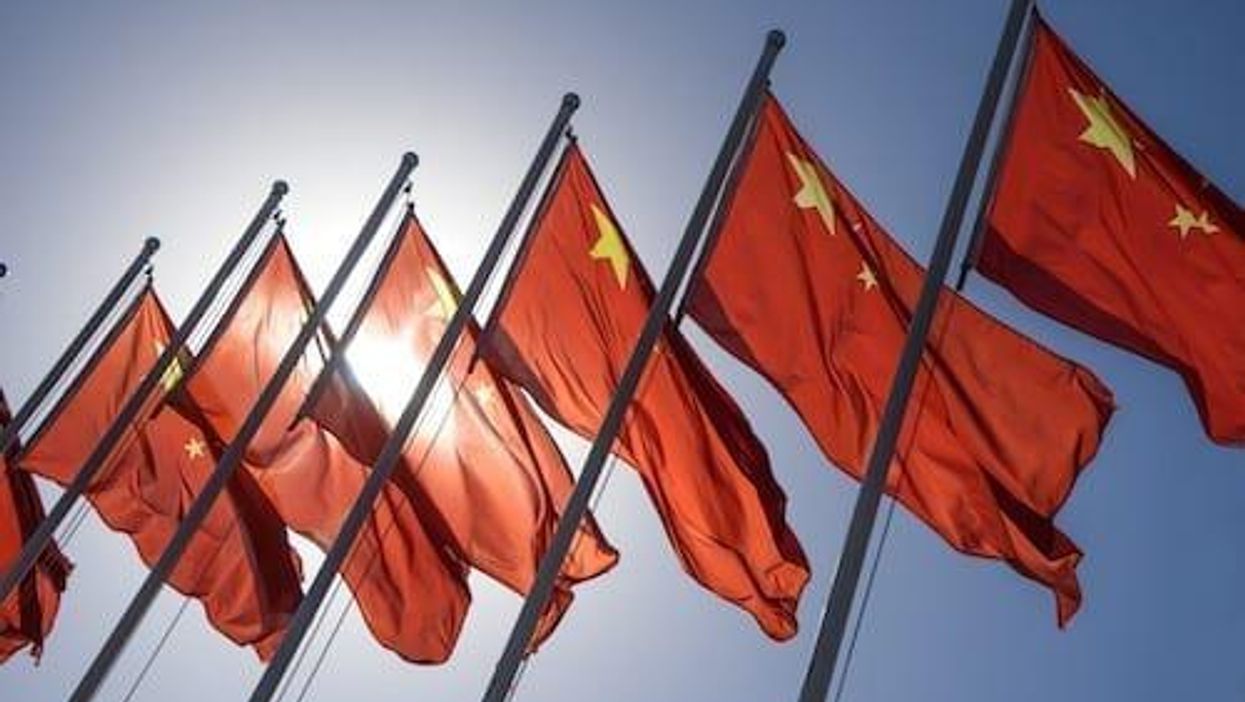VIDEO - Luisa Moreno: China Won’t Dominate Rare Earths Forever
China’s control of the rare earths sector made headlines in 2019 during tense trade talks between Washington and Beijing.
Interview conducted by Scott Tibballs; article text by Georgia Williams.
Discussing the growing focus on securing rare earths deposits and resources outside of China, Luisa Moreno of Tahuti Global noted that it will take time, but it is possible for China’s dominance in the sector to diminish.
“China is not going to dominate the production of rare earths forever,” the managing director of Toronto-based Tahuti Global said during the Prospectors & Developers Association of Canada (PDAC) convention.
China’s control of the rare earths sector made headlines in 2019 during tense trade talks between Washington and Beijing.
Concern that the Asian nation, which controls as much as 80 percent of global production, would limit exports prompted the US, Canada and Australia to sign several agreements seeking ways to secure supply chains outside of China.
Moreno explained that she is optimistic about these actions, but hopes money is carefully allocated.
“I think those agreements are a positive,” she said. “They have to allocate good amounts of financial support and be selective on the projects that perhaps should be prioritized.”
A supply chain independent of China will take time to establish, just as China’s control in the space wasn’t built overnight. In fact, as Moreno pointed out, it took two decades for the country’s sector to mature.
“China did not always dominate rare earths,” she said, explaining that the process of finding, performing metallurgical testing and then developing a processing method was extensive and time consuming.
“With deposits and companies outside China the effort has to be the same, it’s going to take some time.”
One of the few major rare earths producers outside China is Lynas (ASX:LYC,OTC Pink:LYSCF), a company that came to prominence after China limited rare earth exports to Japan in 2010.
At the time, China controlled as much as 95 percent of rare earths production.
In return, Japan heavily invested in Australia-based Lynas, which has now grown into a significant market player. Moreno pointed out that this also took time.
“The project probably started around 2005, perhaps a little bit earlier, but it was not until about 2013 to 2014 or even now that they have started producing in a more efficient manner to the point where they can be somewhat profitable,” she said.
To hear more from Moreno about the complexity involved in developing a rare earths deposit and how growing demand from the electric vehicle sector is shaping the resource space, watch the video above. You can also click here for our full PDAC playlist.
Don’t forget to follow us @INN_Resource for real-time updates!
Securities Disclosure: I, Georgia Williams, hold no direct investment interest in any company mentioned in this article.
Editorial Disclosure: The Investing News Network does not guarantee the accuracy or thoroughness of the information reported in the interviews it conducts. The opinions expressed in these interviews do not reflect the opinions of the Investing News Network and do not constitute investment advice. All readers are encouraged to perform their own due diligence.
